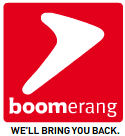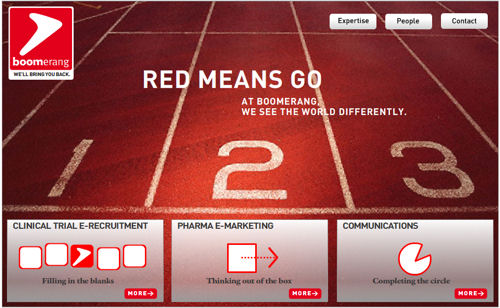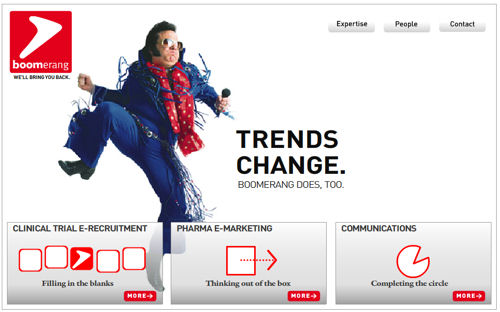via Billy Marshall
Some interesting inputs from a former sales rep of RedHat concerning the value proposition approach of RedHat. And some structural figures about RH. The comparison between Oracle and RH is, to my mind, not really bringing so much in this discussion (as Billy is doing that) because both companies have different cost structure and business models. On the other side, which is very valuable in this post is the focus on the quality of the software as a key success factor, Open Source or not. Here I totally agree with Billy Marshall. As a Software company, you have to have a better product (or a product that doesn’t exist yet) with high quality of engineering, this should be in the center, not the model.
About the support model
Open source is not a business model, it is a development model. The software business, open source or not, is about providing customers with a product that is better than the competing product. […]
A great software business is a great software business, independent of open source. Furthermore, customers will pay a premium for great software, if they cannot get the same great software cheaper from somewhere else. Therefore, if you have a great software business based upon high performing software that is only available from you, there is little reason to open source your product. […]
Support is a bad business model for software because it misaligns the customer and the vendor. Customers don’t want to pay for support or services, they want software that works WITHOUT support. Vendors that generate revenue from support only scale their business if the software is buggy and difficult to configure – driving support calls/incidents/whatever in order to scale revenue. […]
The biggest problem I had while running sales for Red Hat was overcoming the customer objection that Red Hat’s software should be very cheap, or that Red Hat’s value should be based upon how much “support” the customer consumed (incidents, callers, whatever). […]
Customers stopped talking about “support” and “free software” because we convinced them that engineering is what really matters . . . . and they could only have the product if they paid for it. […]
About the RedHat figures
Spending structure as a percent of revenue:
- Support and Service: 18%
- Research & Development: 15%
- Sales: 47% (wow)







